Peru Trip- General Overview, Logistics and Tips
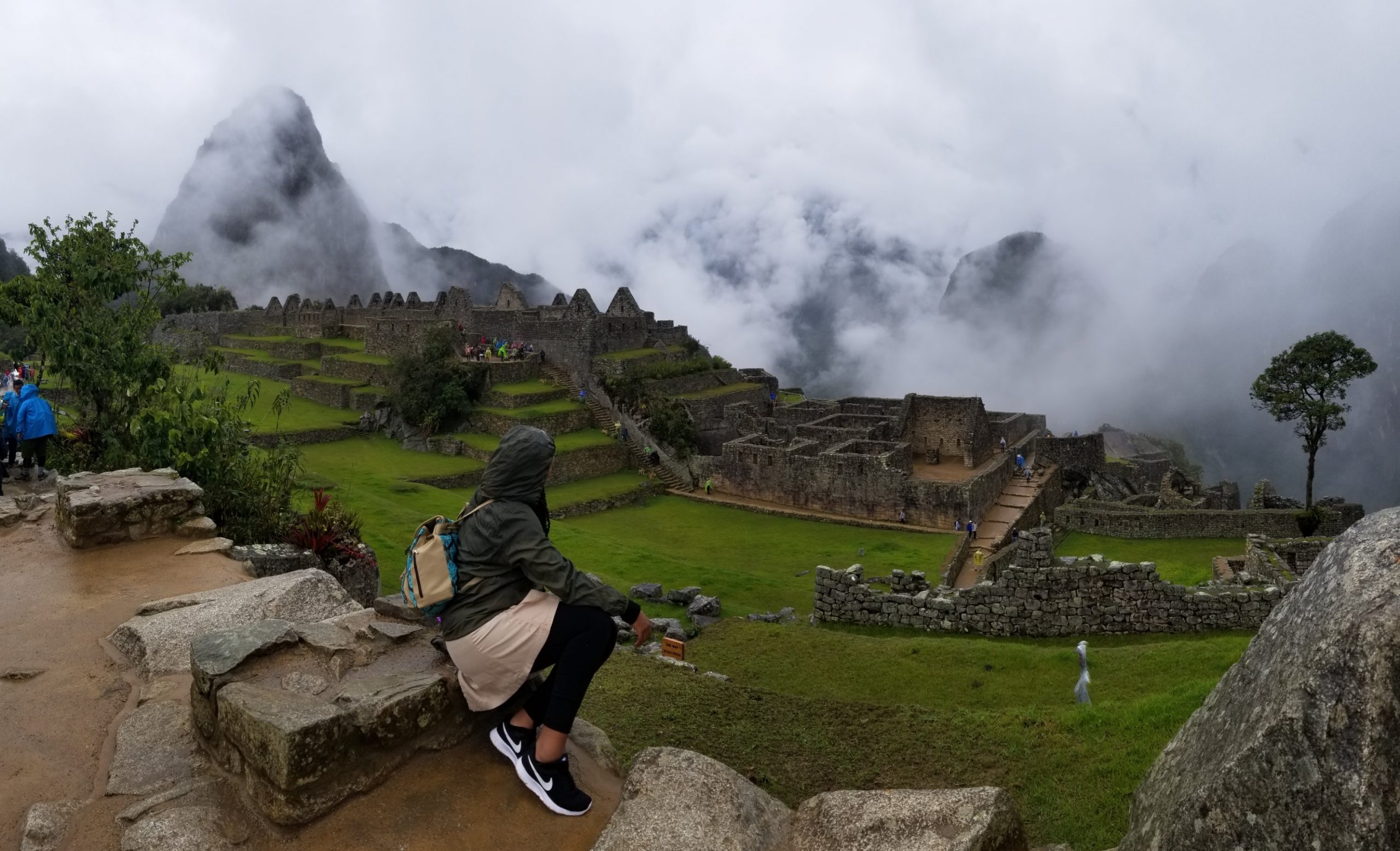
I’ll use this first post to give an overview of our 11-day trip to Peru and some general tips. I will then follow up with a series of posts breaking down what we did in each region that we visited.
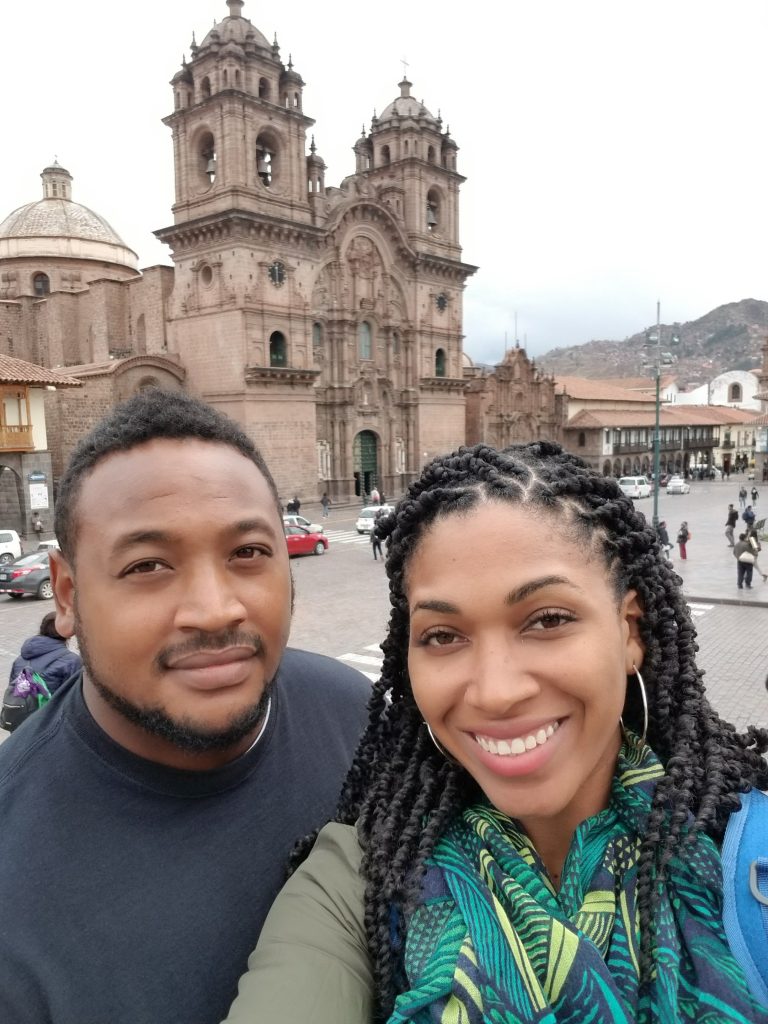
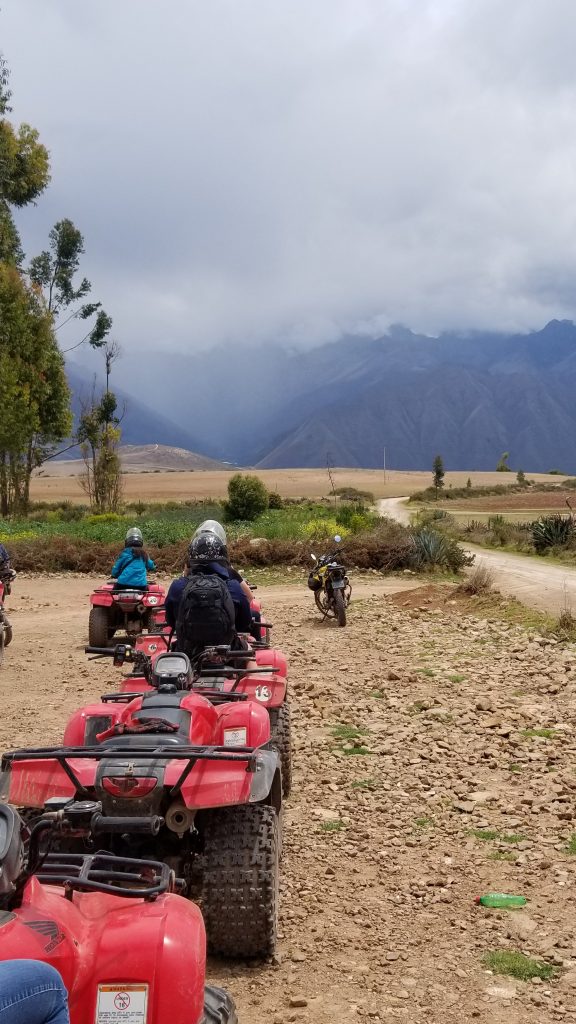
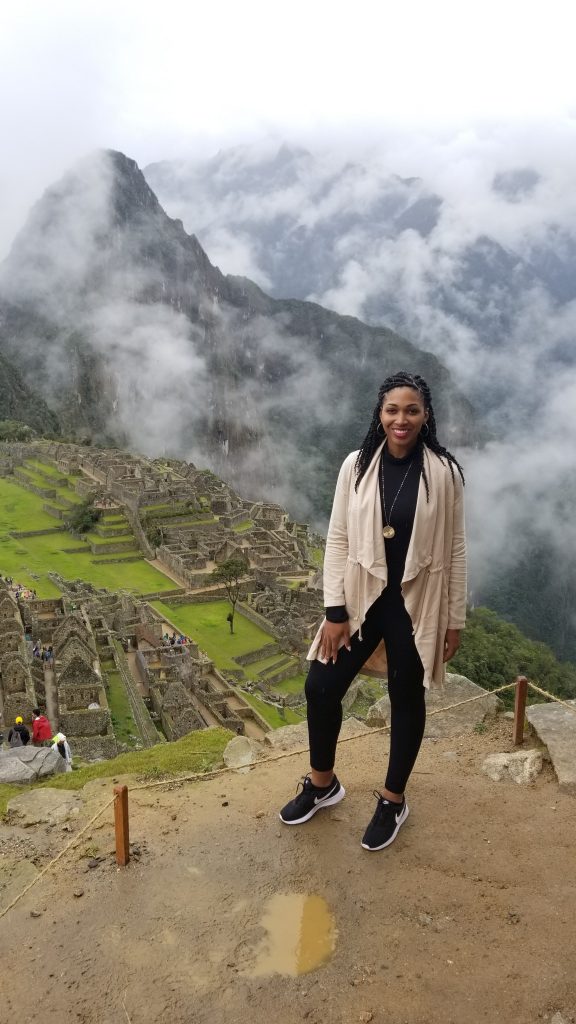

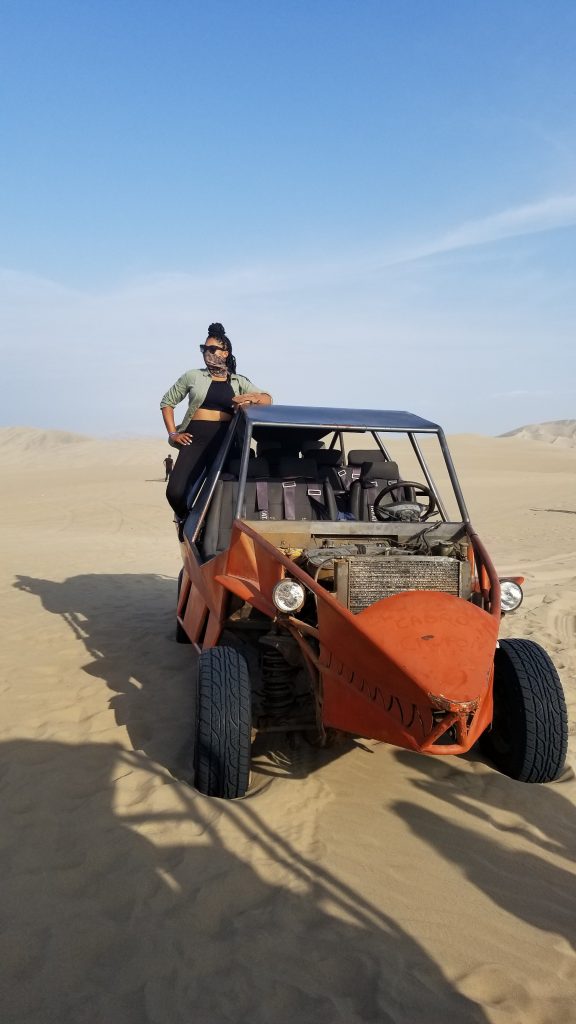
The main regions we visited were:
- Cusco & The Sacred Valley
- Aguas Calientes & Machu Picchu
- Puno & Lake Titicaca
- Paracas, The Ballestas Islands & the Huacachina oasis
- Lima

Getting to Peru
Getting to Peru was easy enough. For my Jamaican readers, Peru is a visa-free country for us to visit! I took the route Kingston-Miami-Lima with American Airlines. However, there is now a direct flight to Lima from Montego Bay three times a week with LATAM! There is also the option of going via Panama City with Copa, which has flights leaving from both Kingston and Montego Bay several times a week. Most flights from this side of the world seem to get ito Lima at night. So if you are heading on to Cusco etc right away, you will likely need to find somewhere to stay for that first night. That is, unless you are fine with staying in the airport till the next morning.
Where we stayed in Peru
Though I do often prefer the flexibility of apartments, I decided that for this trip I would go the hotel route. Considering the type of activities that we had planned and the schdule involved, amenities such as 24 hour reception, having breakfast included and already prepared every morning etc were really useful. Also when I did an overall cost comparison of hotels with apartments I was interested in, the tally ended up being within a suprisingly reasonable range of each other.
For the night we first arrived in Peru, I chose a small bed and breakfast named Kangaroo Wasi near to the airport. Since we were leaving on a flight to Cusco early the next morning, I was really just looking for somewhere comfortable and convenient to crash at for a few hours. It served the purpose, and even though it was a small establishment, breakfast was included and available for our early departure the next morning.
While reading a blog I had come across a hotel chain, Tierra Viva Hotels that had properties all across Peru. During the trip we stayed at three of their three/ four star properties in Cusco, Aguas Calientes and Puno. They had the amenties I was looking for, and came in very reasonably priced. There was even an airport transfer included at the Cusco location, and they sent someone to pick us up from the train station in Aguas Calientes to walk us to the hotel.
In Lima I chose Mariel Hotel Boutique. They too had the amenties I was seeking, were reasonably priced, and were situated in a great location in the heart of the Miraflores neighbourhood.
I booked all of these options through Booking.com which I find to be a very useful platform. I’ve used them often enough now that I receive a 10-15% discount on many properties. Another plus for Booking.com is that there are always options with free cancellation for reservations. So this gives you the option to secure a reservation initially. However you then have the flexibility to cancel your reservation and switch if a better option comes up without incurring a penalty. Huge plus! This worked out to my advantage during this trip, as well as a previous trip to Santorini .
What we did in Peru
Our major activities/tours included among other things:
- ATV Tour to Maras Salt Mines and the Moray archaeological site in the Sacred Valley
- Train ride through the Andes on Inca Rail to Aguas Calientes
- Machu Picchu
- Route of the Sun tour from Cusco to Puno
- Lake Titicaca- Visit to the Uros Floating Islands & Taquille Island
- Lima
For booking tours on this trip I utilised Get Your Guide, Find Local Trips (limited to South America at present ) and Peru Hop.
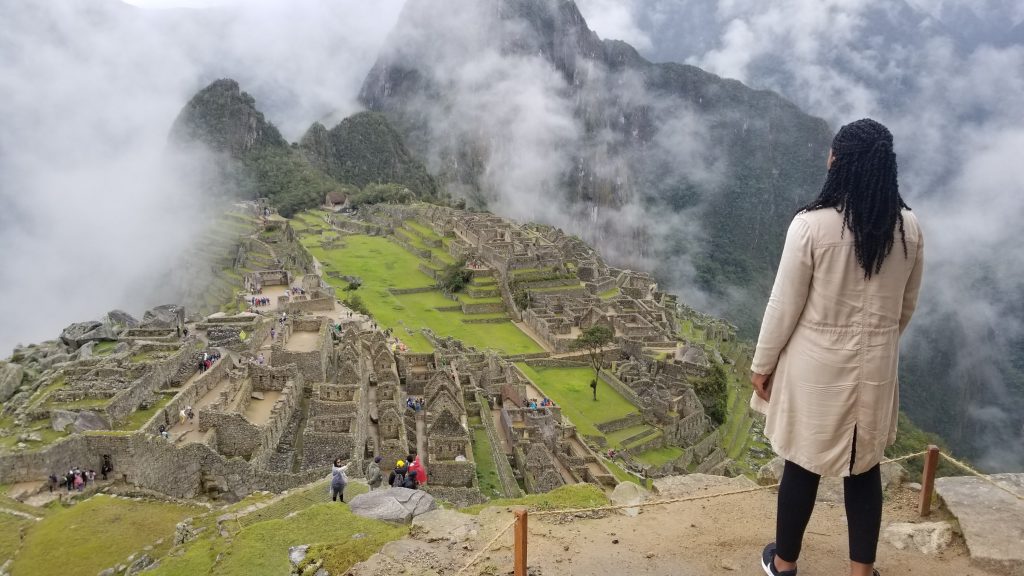
Getting around in Peru
- I booked transfers to and from the airport in advance. This is another way hotels with concierge service come in handy because they can make the arrangements for you. For one leg (Lima airport to our Miraflores hotel and back) I tried out Booking.com’s new taxi service platform taxi.booking.com for the first time.
- We took two internal flights. Lima- Cusco and then Juliaca (Lake Titicaca airport) back up to Lima. There are quite a few options for the local flights, but I decided to stick with LATAM for a few reasons.
- They are a OneWorld Alliance airlines partner, so I would be able to accumulate the miles with my American Airlines frequent flyer number.
- They had the most scheduled flights (especially between Lima and Cusco). So chances are if anything went wrong, they would be able to book us onto another flight in short order.
- While being cheaper options, some of the other airlines had some reliability issues from what I gathered from reviews. Since we had a tight timeline, I decided to err on the side of caution.
- Our locations being central , we were able to walk to and from the train stations in both Cusco and Aguas Calientes.
- We took the (only) bus service available to and from Machu Picchu.
- We took a coach bus/tour to Puno from Cusco with Inka Express. They offer a direct service, an overnight service , as well as a service with a tour mixed in known as the “Route of the Sun” tour (that’s what we took).
- I chose a Peru Hop option for our tour to Paracas, the Ballestas Islands and Huacachina.
- When back in Lima we pretty much stuck to the Miraflores area, so we were able to walk everywhere.
- Overall we didn’t really have to use public transportation, so I can’t comment much on that front. We stayed in central locations, so that really cut down on the need for a lot of transport options.
Food in Peru
I found that with regard to food your money can stretch quite a bit in Peru overall, and even more so outside of Lima and the bigger cities. I felt I got a lot of value for money on this trip where food was concerned. However I feel like Andean cuisine is really not my cup of tea. Thats’ not to say it isn’t good, just not really my thing. That said, you can add a grain of salt to my opinion because altitude sickness threw me off my game for the first couple days. So my opinion could very well be tainted.
I was much more excited in Lima and on the coast. Great, great seafood, and I am a seafood lover! The ceviche! Everything so fresh! You can also get really good sushi in Lima. In addition to seafood being abundant and super fresh, there is history of immigration between Japan and Peru which manifests in some of the cuisine .
What to pack for Peru
What to pack? I may do a post breaking down what I packed, and items I acquired specifically for this trip (for example a packable backpack, packable rain jacket, filter water bottle etc). For now, a few things stand out.
- BUY ALTITUDE SICKNESS TABLETS!!!! If you are headed to the high altitude areas, this is a must. Don’t “wait and see” like we did to find out if you will be affected. Just take them, trust me. If you can’t get your hands on them beforehand, as you land in Lima, buy the tablets. Or at the very least before you head up to Cusco. Just buy them!
- Also, get some sunblock. Do not underestimate the power of the sun’s rays at altitude, even when overcast.
- With regard to clothes, definitely pack layers. Especially in the high altitude areas (Cusco, Sacred Valley, Aguas Calientes, Puno etc), the weather can switch up real quick. One minute you’re basking in sunshine, the next, it’s overcast and your hands are starting to cramp up from cold.
- I visited at the transition of the dry season to the rainy season- definitely pack some sort of rain gear! I would have been a very unhappy camper (especially at Machu Pichhu) had I not had my rain jacket on hand.
General Tips
- Naturally, some understanding/knowledge of basic phrases in Spanish will be helpful. You’ll likely be fine if you don’t, but it makes things easier.
- I prefer to minimize the cash I walk around with, and draw local currency from the ATM as needed. Fortunately in Lima, and the bigger towns we visited, there were easily accessible Scotiabank ATMS. Thus as a Scotiabank customer, I was able to withdraw cash as needed with no charges. My strategy is usually to use a credit card where I can, and withdraw local currency as neccessary from ATMS. You often get the best rate this way, and it is secure. I also keep a bit $US cash on hand for whatever other incidences may pop up. Always check if your bank operates in your destination, or has affiliate banks there.
- The Peruvian Sol to $US conversion rate is roughly 3:1 .
- You will probably have to walk with your passport a lot. There are other instances where a digital version of your passport info page may suffice (say for tour companies etc). What they are really looking for in most instances is the stamp from immigration when you enter the country. I heard it has something to do with taxes. However you must have your passport to enter Machu Picchu.
- Peru is one of those destinations where (outside of the more developed parts of Lima) the plumbing infrastructure can’t seem to handle the flushing of toilet paper. So bear in mind that you will have to throw your tissue in the bin. There are signs everywhere about not flushing! Also it’s a destination where washrags are not provided in the hotels.
- Staying in a central location in each city/town will definitely help cut down on transportation costs.
Stay tuned for the next post describing our time in Cusco and the Sacred Valley!

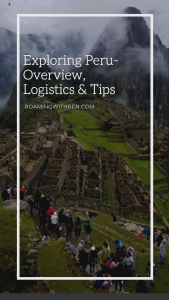

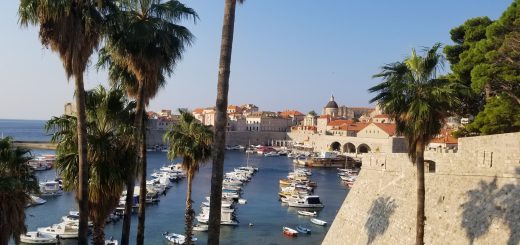
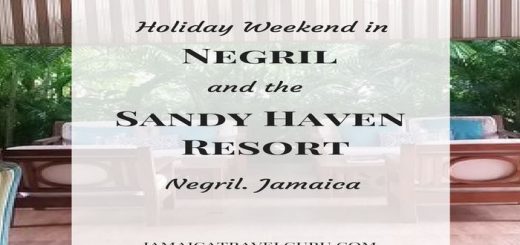









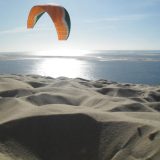
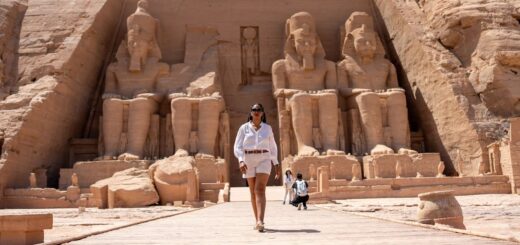
Lovely
blaise cyrus recently posted…How to Easily Immigrate to the United States
very nice and helpful information. thanks
Very informative. Thanks for sharing.http://3plwow.com/
Thanks for sharing this article, related to logistics.
Very helpful! thank you for the Blog Commenting Sites list, it is very helpful, I was searching for some valuable links. Good work, and keep sharing your research and knowledge. Thank you again………..